
AeroGenie: il tuo copilota intelligente.
Tendenze
Categories
Hill Helicopters HX50 First Flight Delayed Due to GT50 Engine Issues
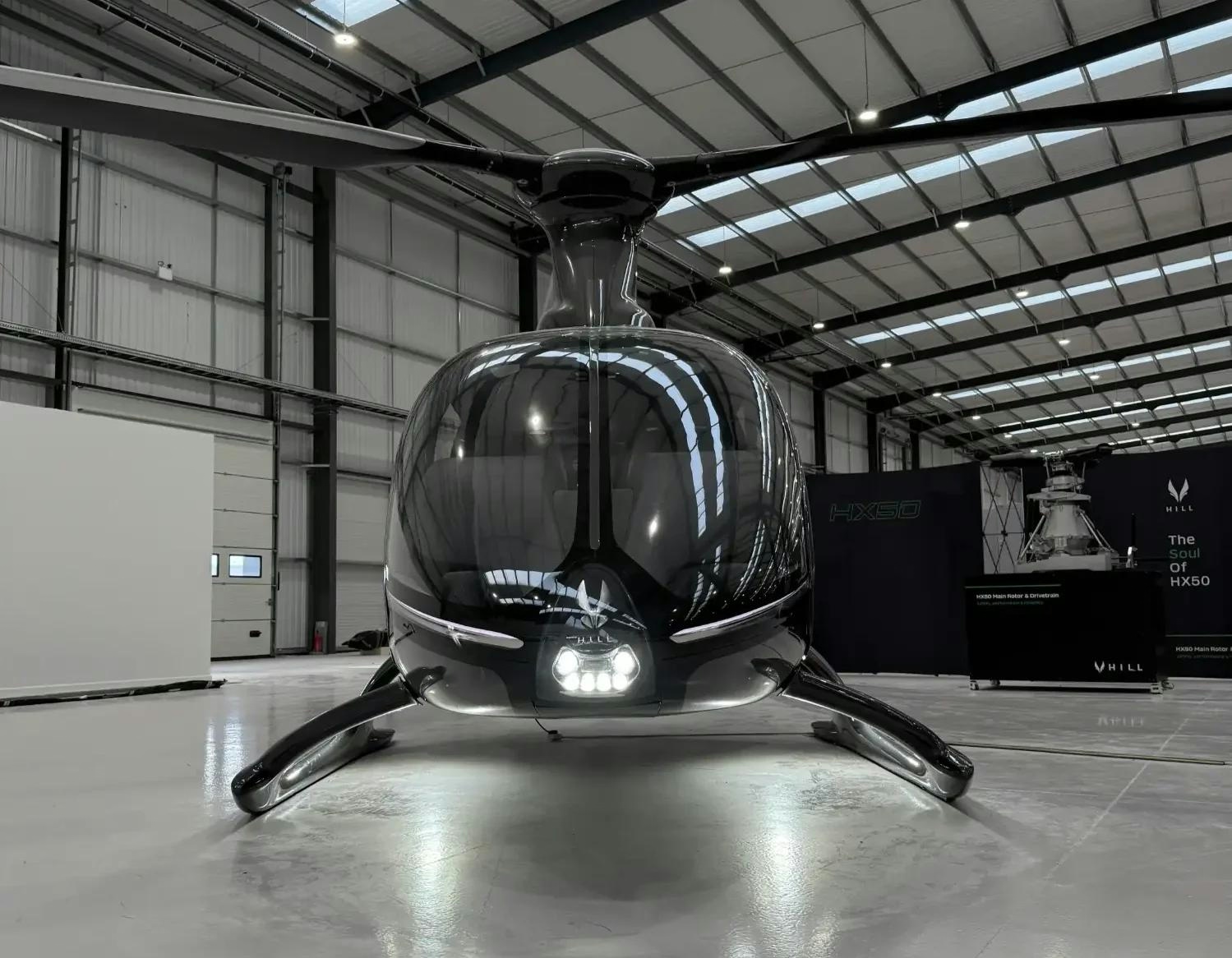
Hill Helicopters Postpones HX50 First Flight to Late 2026 Amid Engine Development Challenges
UK-based start-up Hill Helicopters has announced a significant delay to the maiden flight of its HX50 light-single helicopter, now rescheduled for late 2026. The postponement is primarily attributed to ongoing difficulties in the development of the company’s proprietary GT50 turbine engine, casting uncertainty over the viability and cost-effectiveness of Hill’s ambitious strategy to vertically integrate design and manufacturing processes.
Engine Development Delays Impact Flight Schedule
Initially, Hill Helicopters targeted a full engine run by December 2024, with the HX50’s first flight planned approximately six months thereafter. However, the company now anticipates the GT50 engine’s initial run will take place in April 2026, consequently pushing the helicopter’s first flight to December of the same year. Production of the uncertificated aircraft for private owners is slated to commence in December 2027, with first deliveries expected concurrently. When the programme was first announced in 2020, deliveries were originally projected for 2023.
The delay is likely to increase development costs and may fuel skepticism within the market regarding Hill’s capacity to fulfill its promise of comprehensive in-house design and manufacturing. Competitors may leverage this opportunity to promote their own products, while potential customers and industry analysts could reassess the HX50’s anticipated performance and value proposition.
In a company update issued on 27 October, Hill’s founder and CEO, Dr. Jason Hill, explained that the GT50’s design phase is now complete, including necessary modifications for instrumentation. Although parts have been approved for manufacturing, the complexity of certain components requires production times of up to six months. This extended design and verification process has contributed to the overall schedule delay.
Dr. Hill acknowledged, “It has just taken us a little bit longer than we wanted it to,” but expressed confidence in the engine’s readiness for its initial run. The company plans approximately 1,000 hours of ground testing before advancing to significant flight testing. To adhere to the revised timeline, Hill intends to use a lower-hour engine for the first flight, aiming to mitigate risk until the engine reaches full maturity.
Progress on Airframe and Business Model Challenges
Beyond the engine, major HX50 airframe components are transitioning from design to production and testing phases. Hill Helicopters’ business model is founded on near-total vertical integration, aiming to reduce both upfront and in-service costs by designing and manufacturing the majority of the helicopter and its engine internally. This approach, however, has necessitated substantial investment in production systems and has added complexity to the programme.
Dr. Hill described the endeavour as a “huge challenge” in terms of cost control but stressed that rigorous cost management is critical for success in the general aviation sector. The company’s funding model is distinctive: customers pay a non-refundable deposit to secure a production slot, with early backers benefiting from greater discounts. These deposits are instrumental in supporting ongoing development efforts.
Despite the setbacks, Dr. Hill maintains that Hill Helicopters remains in a “really strong position financially.” With an order book exceeding £7 million ($9.2 million) and more than 1,400 helicopters reserved, he characterizes the business as “the most investable general aviation proposition anywhere.” Nevertheless, the latest delay highlights the persistent challenges confronting the HX50 programme as it strives to meet its commitments in a highly competitive market.
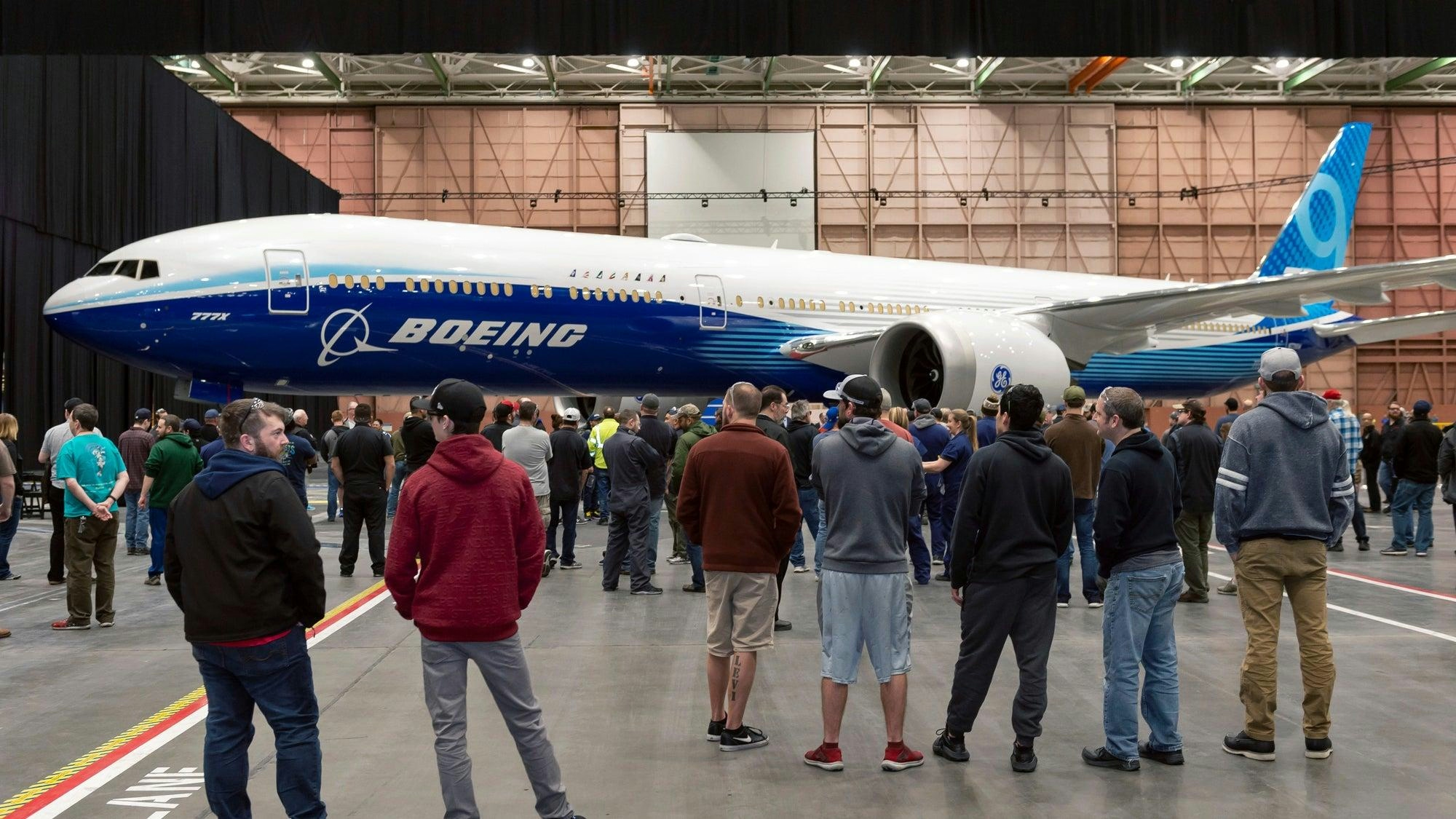
Why the Boeing 777X Is Limited to a Single Engine Type
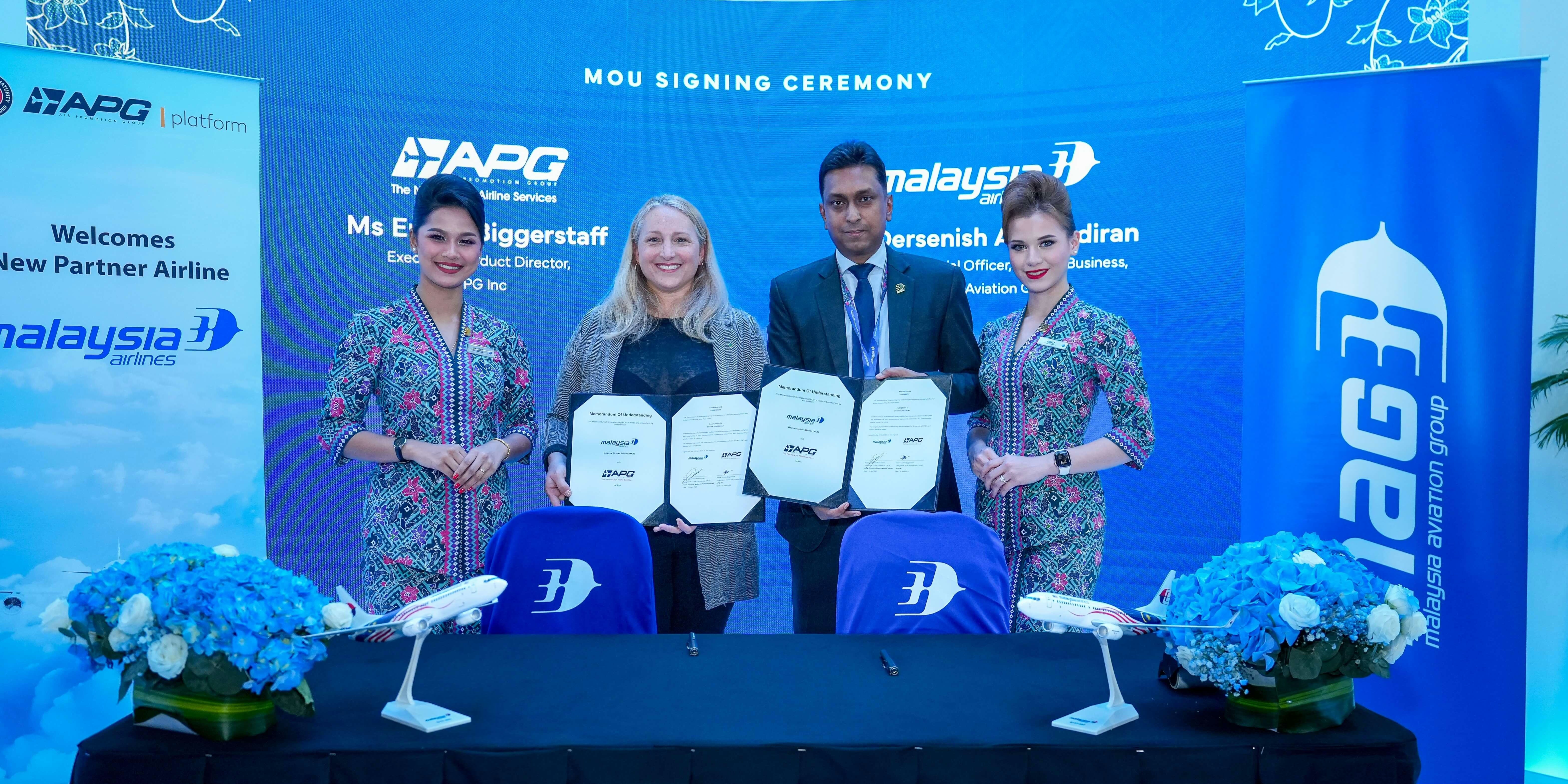
Malaysia Aviation Group Announces Long-Term Business Plan

Hartzell Launches Sky-Tec Starter Line
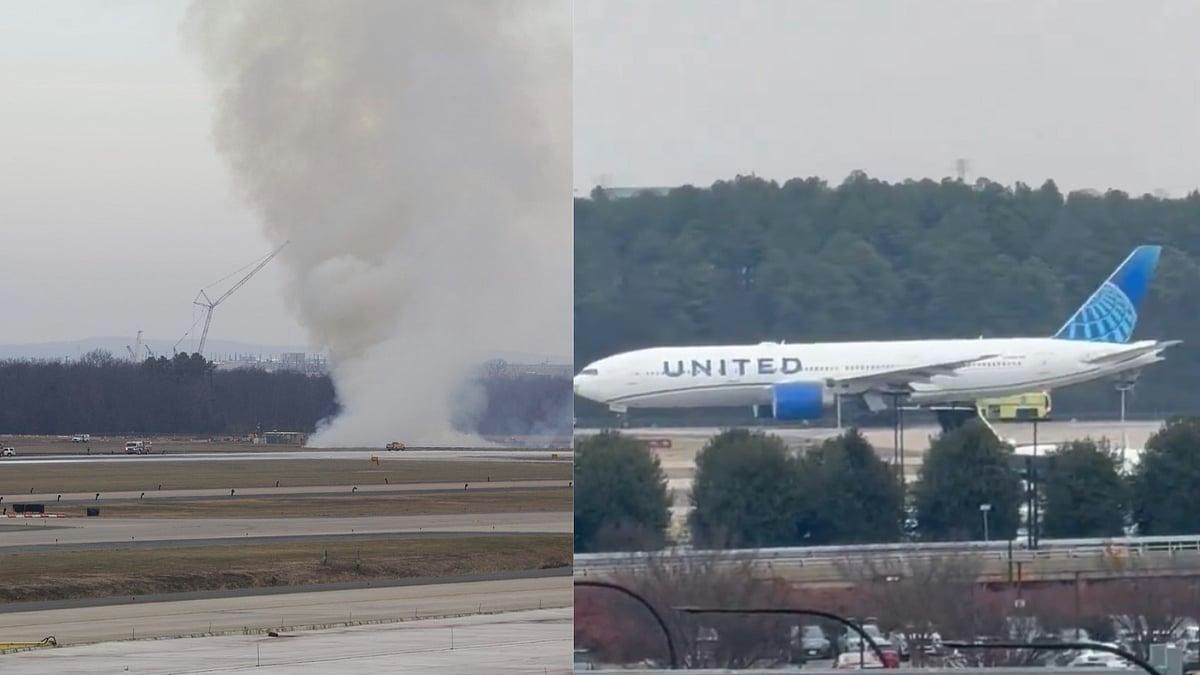
Boeing 777 Engine Failure Reported at Dulles Airport
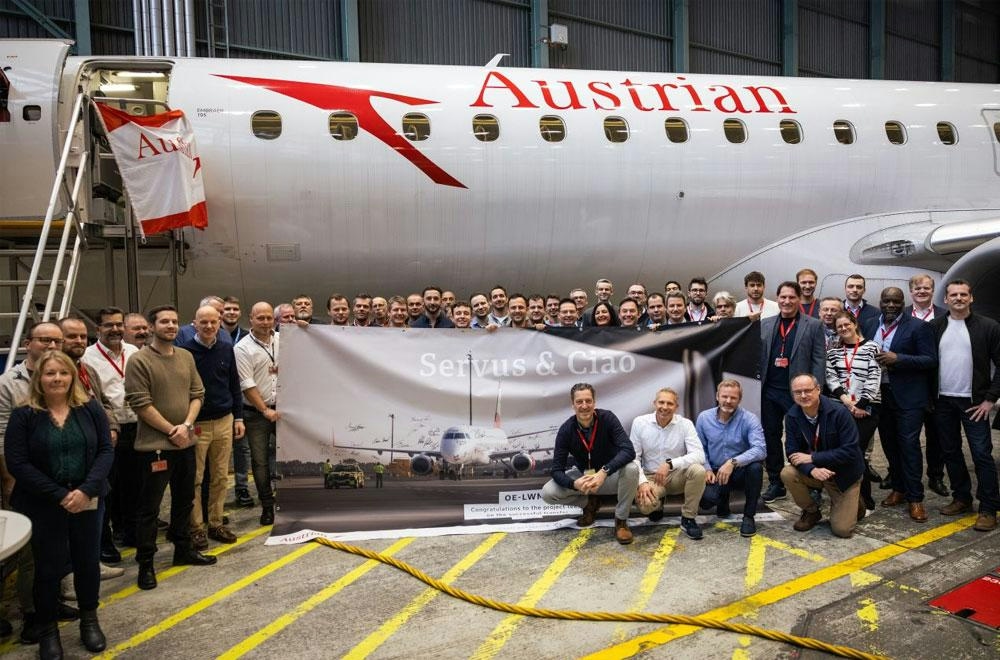
Austrian Airlines Transfers Embraer Fleet to Air Dolomiti

Airbus and Ingenium Open Aerospace Innovation Lab in Ottawa
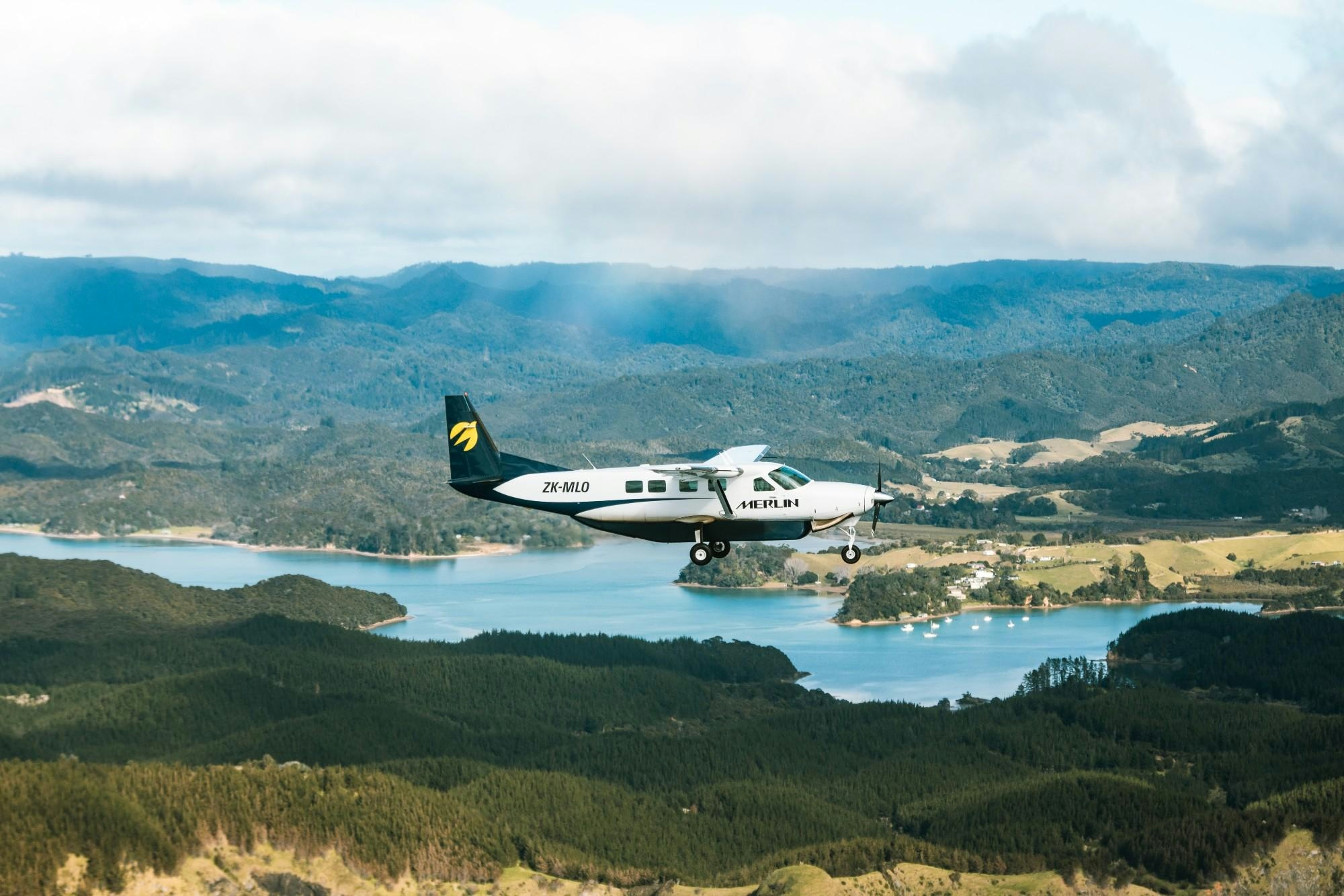
Merlin Labs: AI Aviation Company with SPAC Downside Protection
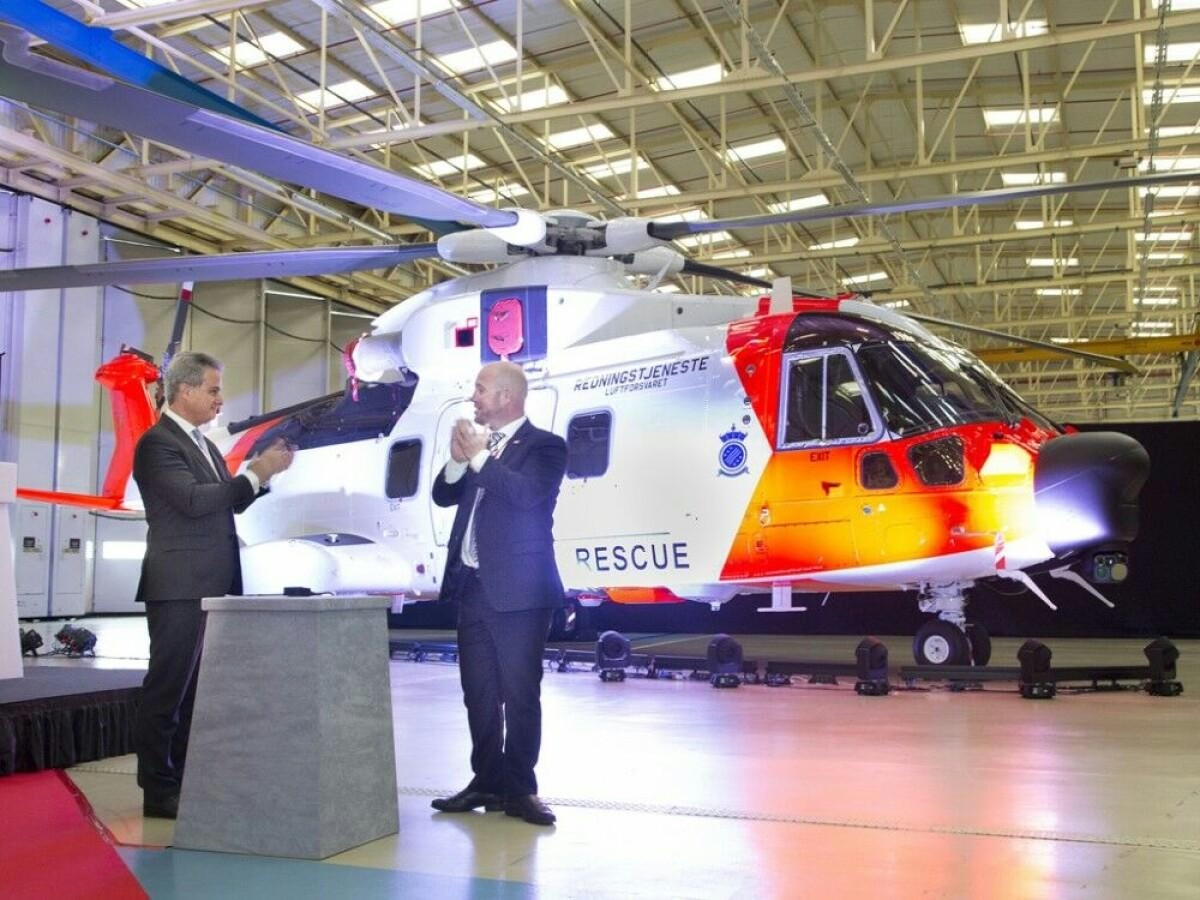
Heli-One Extends AW101 Search and Rescue Support in Norway

Falko Completes First Aircraft Sale in Japan
